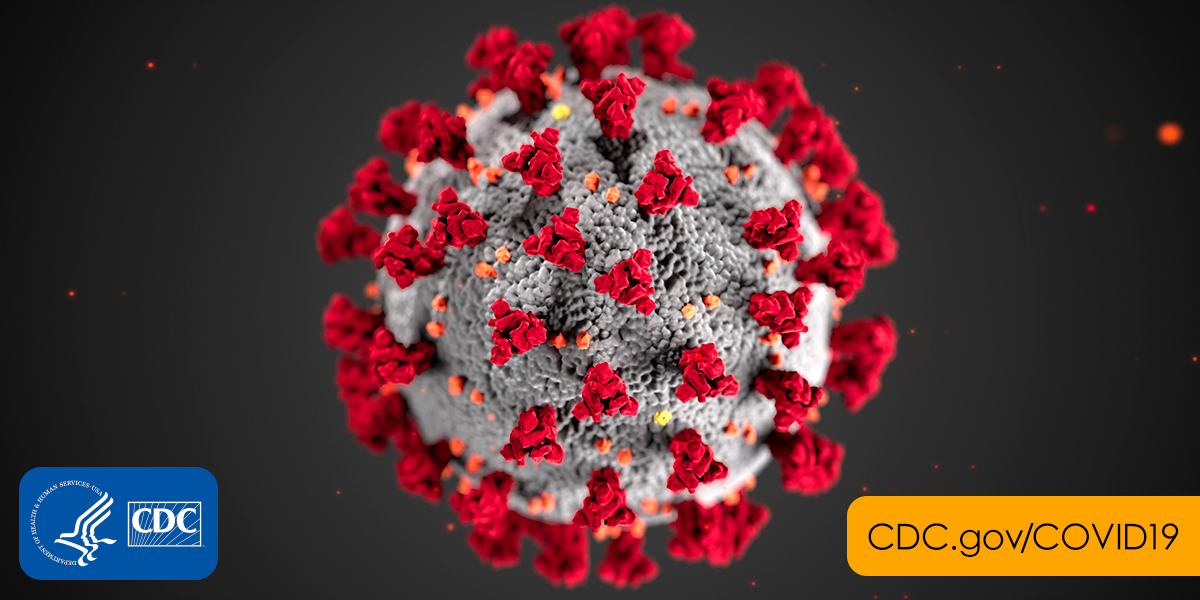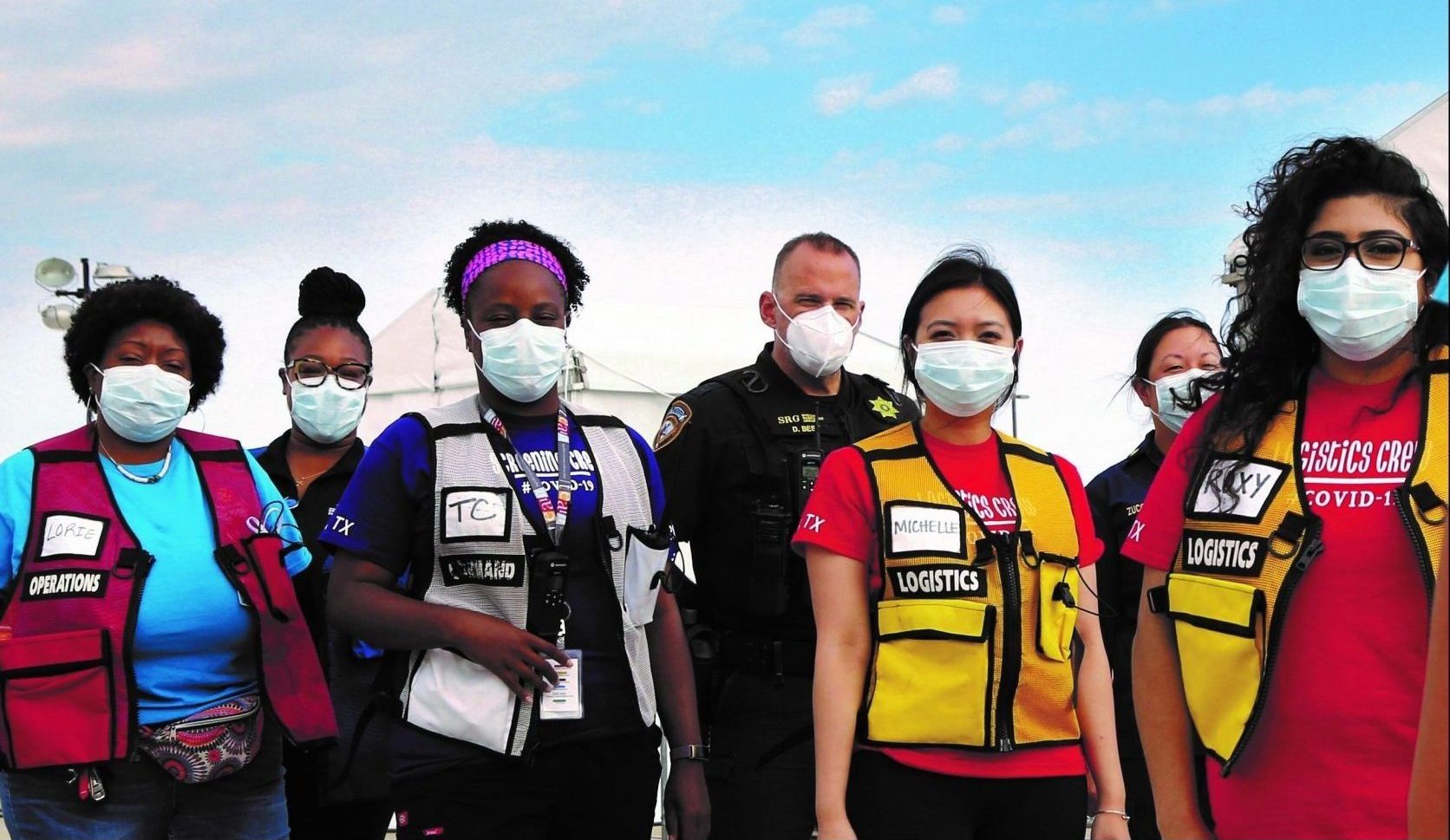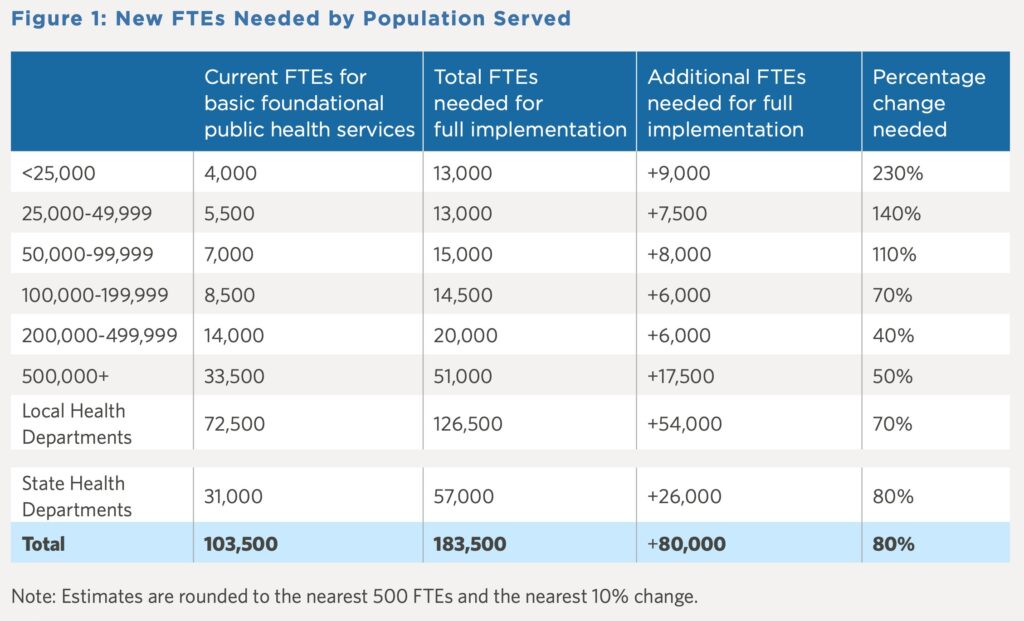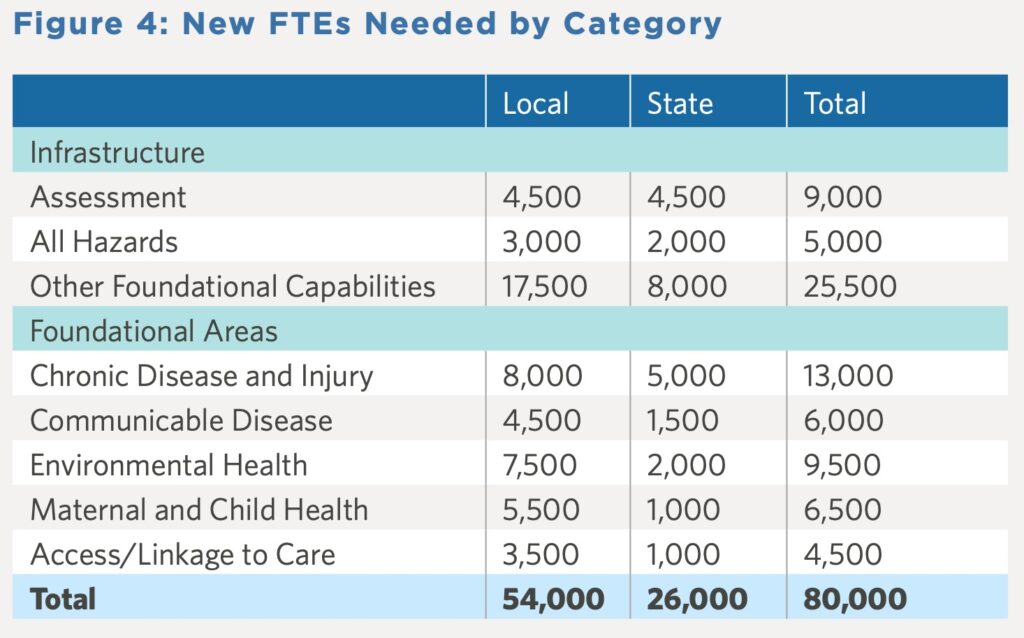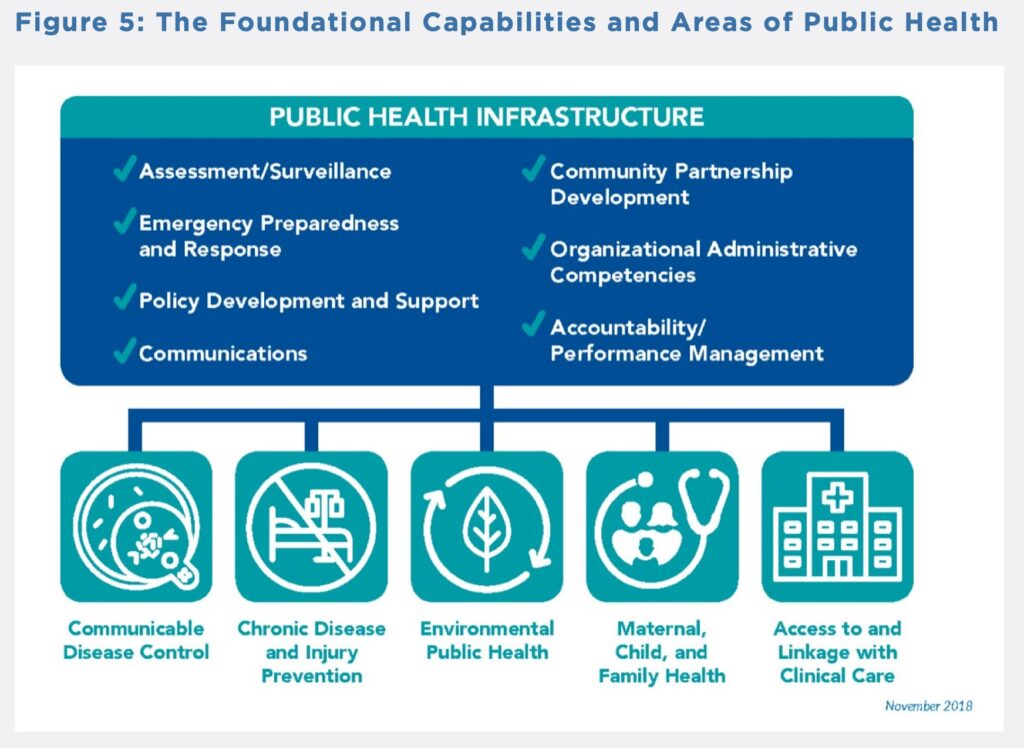The following is a list of TFAH resources and documents related to the novel coronavirus read of COVID-19 and better equip the nation’s public health system to deal with this and future health emergencies.
Press Releases and Statements
20 Public Health Organizations Condemn Herd Immunity Scheme for Controlling Spread of SARS-CoV-2 The virus that causes COVID-19 has infected at least 7.8 million people in the United States and 38 million worldwide. It has led to over 215,000 deaths domestically, and more than 1 million globally – with deaths continuing to climb… read more (October 14, 2020)
Newly Announced Order for Hospitals to Bypass CDC and Send Coronavirus Patient Information Directly to Washington Database Likely to Worsen Pandemic Response Rather than Improve It The U.S. Centers for Disease Control and Prevention (CDC), as the nation’s lead public health agency, is uniquely qualified to collect, analyze and disseminate information regarding infectious diseases… read more (July 16, 2020)
Nearly 350 Public Health Organizations Implore HHS Secretary Azar to Support CDC’s Critical Role in the COVID-19 Pandemic Response The expertise of the U.S. Centers for Disease Control and Prevention (CDC) and all public health agencies is critical to protecting Americans’ health during the COVID-19 crisis, said a letter to Health and Human Services Secretary Alex Azar from 347 health and public health organizations released today… read more (July 7, 2020)
Public Health Needs Our Support “As our nation’s struggles to manage the continued surge of COVID-19 cases, we need to strengthen the public health response… read more (June 23, 2020)
Summary of CDC Morbidity and Mortality Weekly Report on COVID-19 Impact Patterns This is the first data reported on U.S. patients and is consistent with findings from other countries. Key takeaways… read more (March 31, 2020)
Trust for America’s Health Statement in Response to Congressional Passage of the Coronavirus Aid, Relief, and Economic Security Act (“CARES Act”)
“Congress took an important step today to begin giving public health the resources it needs now to respond to the COVID-19 pandemic. We are seeing in real-time the impact of the chipping away at public health budgets over the past 15 years… read more (March 27, 2020)
Cross-Sector Group of Eighty-eight Organizations Calls on Congress to Address Americans’ Mental Health and Substance Misuse Treatment Needs as Part of COVID-19 Response
A cross-sector group of 88 organizations from the mental health and substance misuse, public health and patient-advocacy sectors are jointly calling on the Trump Administration and Congress to address the immediate and long term mental health and substance misuse treatment needs of all Americans as part of their COVID-19 response… read more (March 20, 2020)
55 Organizations Call for Passage and Fast Implementation of Paid Sick Leave for all Workers as a Critical Part of COVID-19 Response
A cross-sector group of 55 public health, health, labor, business, and social policy organizations are jointly calling on the Trump Administration and Congress to pass and quickly implement a federal paid sick leave law that provides 14 days of such leave to all workers, available immediately… read more (March 13, 2020)
TFAH Applauds Passage of Supplemental Funding for COVID-19 Response: Now Funding Must Move Quickly to States and Other Entities
TFAH applauds Congress’ fast action in approving the Coronavirus Preparedness and Response Supplemental Appropriations Act (H.R 6074). We now call on the tasked federal agencies to move quickly to send the appropriated monies to the agencies and localities working at the frontlines of the COVID-19 crisis… read more (March 5, 2020)
TFAH Statement on COVID-19 Preparations
Now that the U.S. has transitioned from the planning phase to the response phase of the COVID-19 outbreak, the Federal Executive Branch and Congress as well as state and local governments and other stakeholders should prioritize… read more (March 3, 2020)
Congressional Testimony and Sign-on Letters
- 200+ Groups Support Public Health Infrastructure Saves Lives Act in Infrastructure Bill (June 23, 2021)
- Dr. J. Nadine Gracia’s written testimony before the House Energy & Commerce Subcommittee on Oversight & Investigations (May 26, 2021)
- Public Health Infrastructure Fact Sheet (May 11, 2021)
- 76 Organizations Applaud American Rescue Package Attention to Public Health and Call for Emphasis on Health Equity in Funding Decisions (March 24, 2021)
- 316 Groups Call for Sustained Funding for Public Health Infrastructure (February 12, 2021)
- Comment Letter from Asian & Pacific Islander American Health Forum – and – Trust for America’s Health (January 28, 2021)
- TFAH Statement for Senate Homeland Security and Governmental Affairs Committee Hearing on COVID-19 Therapeutics (December 8, 2020)
- Sign-on Letter to FDA on Safety & Efficacy of COVID Vaccine (September 17, 2020)
- TFAH’s comments on NASEM Vaccine Discussion (September 4, 2020)
- 235 health groups urge VP Pence and White House Coronavirus Task Force to reverse changes to CDC COVID testing guidelines (September 3, 2020)
- 350+ Groups Sign-on in Support of CDC Mission (July 7, 2020)
- 250+ Groups Sign-on in Support Investment in Public Health Infrastructure (July 2, 2020)
- Written Statement for House Ways & Means Committee Hearing on COVID-19 and Communities of Color (May 27, 2020)
- IDSA, TFAH and Vaccinate Your Family lead letter calling for US engagement on global vaccine work (May 21, 2020)
- TFAH and Asian Pacific Islander American Health Forum to HHS and to Congress to address COVID data equity issues (May 4, 2020)
- Public Health, Medical Associations Call on Federal Authorities, State and Local Governments to Prioritize Safety in COVID-19 Policies (April 29, 2020)
- TFAH joins 1000+ organizations and individuals from around the World urging the administration to fund WHO (April 24, 2020)
- TFAH’s letter on our priorities for the next bill (April 3, 2020)
- Letter from 160 organizations in support of long-term investment in public health infrastructure, Co-Led with ASTHO, NACCHO, and APHA. (April 3, 2020)
- Letter from Infectious Disease Doctors and Others Supporting Strengthening Social Distancing Guidelines (March 30, 2020)
- 36 Groups Call for the Prioritization of Older Adults’ Needs During COVID-19 Response (March 27, 2020)
- Letter from 90+ Groups Calling for Public Health Infrastructure Funding in COVID Bill (March 20, 2020)
- TFAH is one of 88 Organizations Call for Attention to Mental Health and Substance Misuse Treatment as Part of COVID-19 Response (March 20, 2020)
- TFAH is one of 55 Groups Call for Paid Sick Leave as Critical Part of COVID-19 response (March 13, 2020)
- Dr. J. Nadine Gracia written testimony before the House Committee on Homeland Security, Subcommittee on Emergency Preparedness, Response, and Recovery. (March 10, 2020)
Commentaries and Op-Eds
- Polio, Chickenpox, Measles… Covid-19? The Case for Vaccine Mandates in Schools, The New York Times (February 7, 2022)
- A Pandemic Shows Why the United States Should not be One of Only 11 Nations Without Paid Sick Leave, The Washington Post (January 15, 2022)
- Omnicron is Here. Will We Use Our New COVID Drugs Wisely?, The New York Times (December 1, 2021)
- Has Congress Learned Nothing About How to Deal with a Pandemic?, Catherine Rampell, The Washington Post (August 2, 2021)
- Ensuring COVID-19 Vaccine Access for Homebound Older Adults , John Auerbach and Megan Wolfe, Milbank Memorial Fund (April 9, 2021)
- COVID-19 Can Bring a New Era of Public Health Leadership. But Will It?, Marian W. Wentworth, STAT News (March 5, 2021)
- COVID Recovery Requires Addressing Economic Inequities, Richard E. Besser, The Hill (March 4, 2021)
- How to Handle the Covid-19 Vaccine Breakthrough the Right Way, Tom Frieden, The Wall Street Journal (December 4, 2020)
- What the New Administration Must Do On Day One to Tackle COVID-19, Terry Adirim, Health Affairs, (November 12, 2020)
- America’s Last Line of Defense for a Safe Vaccine, Julie Morita and Edward Belongia, Scientific American, (October 19, 2020)
- The Key to Efficient Vaccine Distribution: Start Preparing Early, John Auerbach and David Lackey, STAT News (September 14, 2020)
- We Need a Vaccine Distribution Plan — Right Now, Julie Morita, CNN. (August 16, 2020)
- We Ran The CDC. No President has ever Politicized its Science the Way Trump has, Tom Frieden, Jeffrey Koplan, David Satcher and Richard Besser, The Washington Post. (July 14, 2020)
- NYC to USA Slow the COVID Monster While You Can, Dr. Raul Perea-Henze. (July 10, 2020)
- COVID-19’s Disproportionate Impact on Communities of Color Spotlights the Nation’s Systemic Inequities, Dr. J. Nadine Gracia, Journal of Public Health Management and Practice. (July 6, 2020)
- State and Territorial Health Officials to the American Public: COVID-19 is Not Over, Association of State and Health Officials. (June 23, 2020)
- New Report Shows Uneven COVID-19 Response was Years in the Making Due to Chronic Underfunding of Public Health, by John Auerbach, Coalition for Health Funding blog. (April 21, 2020)
-
Good, a COVID-19 Vaccine is in Development. Will it Be Accessible to all Americans? Cecelia Thomas and Amy Pisani. Health Affairs blog, April 20, 2020.
- When you drown the government in a bathtub, people die by Dana Millbank, The Washington Post. (April 10, 2020)
-
The U.S. Approach to Public Health: Neglect, Panic, Repeat. Time to give new life to an old idea: A strong public health system is the best guarantor of good health. by Jeneen Interlandi, New York Times editorial board. ( April 9, 2020)
-
COVID-19 Exposes the Cracks in our Already Fragile Mental Health System, by John Auerbach and Benjamin Miller American Journal of Public Health. (March 28, 2020)
- Containing the Coronavirus: Paid Sick Leave Policies Could Fall Short by TFAH’s Adam Lustig and Marilyn Cabrera, The Milbank Quarterly (March 18, 2020)
- Want to Make The Nation More Prepared to Fight Contagious Diseases? Expand Paid Sick Leave. Health Affairs by John Auerbach, TFAH President and CEO and Brian Castrucci, President and CEO of de Beaumont Foundation (March 17, 2020)
- Efforts Needed to Ensure Protecting Older Adults from COVID-19 Don’t Create Other Problems. by John Auerbach and Megan Wolfe, Aging Today, American Society on Aging (March 2020)
Additional News Coverage We Recommend
Coronavirus in the U.S.: Latest Map and Case Countas compiled by the New York Times |
- U.S. Has Far Higher Covid Death Rate Than Other Wealthy Countries, The New York Times (February 1, 2022)
- Preventing the Next Pandemic Requires a Health Overhaul, The Washington Post (January 26, 2022)
- More Countries Switch to a Self-Administered Antigen Test in a Race to Stop Omicron, The New York Times (January 2, 2022)
- Much has Changed Since the Start of the Pandemic. But the Nation’s Public Health System Remains Fractured, The Washington Post (January 1, 2022)
- Fronts-line Workers Describe How Vaccination Affects in Latest COVID Wave, NBC News (December 29, 2021)
- COVID Helped Cause the Biggest Drop in U.S. Life Expectancy Since WWII, PBS News Hour (December 22, 2021)
- The Pandemics Next Turn Hinges on Three Unknowns, The Atlantic (November 18, 2021)
- Another Struggle for Long COVID Patients: Disability Benefits, The New York Times (October 27, 2021)
- Can the Pandemic Push U.S. Public Health in a Positive Direction?, Greater Good Magazine (June 1, 2021)
- Data and Door Knocking: One City’s Push for Racial Equity in Vaccines, Tradeoffs, (March 4, 2021)
- New CDC Director Outlines 6 Big Fixes Needed to Crush COVID-19, Tanya Albert Henry, AMA (January 28, 2021)
- Low Flu Vaccines Rates in Rural U.S. are Challenge for COVID-19 Vaccine, Aleszu Bajak and Joe Sneve, USA Today (December 6, 2020)
- What Places Are Hardest Hit by the Coronavirus? It Depends on the Measure, Mitch Smith, Amy Harmon, Lucy Tompkins and Thomas Fuller, The New York Times (November 12, 2020)
- America had the World’s Best Pandemic Response Plan. Why Did it Fail?, Mark Johnson, Milwaukee Journal Sentinel, (October 14, 2020)
- As CDC’s Deadline for Submitting COVID-19 Vaccine Distribution Plans Nears, States Say They’re Still Short on Guidance, Gaby Galvin, Morning Consult (October 9, 2020)
- Experts See Progress on a COVID -19 Vaccine, but Worry About Who Gets It First and How It Gets To Them, Elizabeth Weise and Karen Weintraub, USA Today (August 26, 2020)
- The Fullest Look Yet at Racial Inequity of Coronavirus, Richard A. Oppel Jr., Robert Gebeloff, Rebecca Lai, Will Wright, and Mitch Smith, The New York Times (July 5, 2020)
- Hollowed Out Public Health System Faces More Cuts, by Lauren Weber, Laura Ungar, Michelle R. Smith, Hannah Recht and Anna Maria Barry-Jester, AP News (July 1, 2020)
- How Data Became One of the Most Powerful Tools to Fight an Epidemic, by Steven Johnson, The New York Times (June 10, 2020)
- Decades of Yo-Yo Funding Hampering Covid-19 Response, by Jeannie Baumann, Bloomberg Law (June 9, 2020)
- Federal Funding for State and Local Contact Tracing Efforts is an Urgent Priority, And A Bargain, by Joshua A. Solomon and Arthur L. Reingold Health Affairs (May 11, 2020)
- An Army of Virus Tracers Takes Shape in Massachusetts by Ellen Barry, The New York Times (April 17, 2020)
- Policy Decisions and Use of Information Technology to Fight Novel Coronavirus Disease, Taiwan. CDC’s Emerging Infectious Diseases. (July 2020, early release)
-
Health Issues for Blacks, Latinos and Native Americans may cause coronavirus to ravage communities, by Deborah Barfield Berry, USA Today (March 31, 2020)
- ‘There’s no Surge Plan’: Despite Warnings, Congress Failed to Fully Fund Pandemics Bill by Alice Miranda Ollstein, Politico (March 28, 2020)
- The Virus Can Be Stopped, But Only With Harsh Steps Experts Say by Donald G. McNeil Jr., The New York Times (March 26, 2020)
- The Coronavirus Is Here, So What Happens Next? by Ezekiel J. Emmanuel, Susan Ellenberg & Michael Levy, The New York Times (March 17, 2020)
- Coronavirus: Will the U.S. be Ready in the Weeks Ahead? by Ritu Prasad, BBC News (March 17, 2020)
- As Coronavirus Deepens Inequality, Inequality Worsens Its Spread by Max Fisher & Emma Bubola, The New York Times (March 16, 2020)
- Trump’s State of Emergency Is an Admission of Failure by the U.S. Government by W.J. Hennigan, TIME (March 13, 2020)
- Health Agencies Tackle Coronavirus Epidemic with Dwindling Resources by David Harrison, The Wall Street Journal (March 9, 2020)
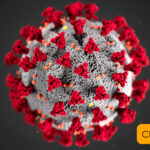 |
CDC COVID-19 Information Resources |
COVID-19 and Response: Webinars and Briefings
- Ready or Not 2021: Protecting the Public’s Health from Diseases, Disasters, and Bioterrorism
- COVID-19 Vaccine for Homebound Older Adults: Challenges and Solutions
- Ending the Triple Pandemic: Advancing Racial Equity by Promoting Health, Economic Opportunity and Criminal Justice Reform
- TFAH’s Webinars/Briefings
Related Reports
- The Impact of Chronic Underfunding on America’s Public Health Systems: Trends, Risks, and Recommendations 2021
- Ensuring Access to Vaccines for Older Adults and People with Disabilities Who are Homebound
- Building Trust in and Access to COVID-19 Vaccine Within Communities of Color and Tribal Nations
- COVID-19 Equity Fact Sheet
- Beyond School Walls: How Federal, State and Local Entities are Adapting Policies to Ensure Student Access to Healthy Meals During the COVID-19 Pandemic
- COVID-19 Policy Response Brief
- Proposal: Core Public Health Infrastructure Program
- COVID-19 Policy Response Brief
- Ready or Not 2020: Protecting the Public’s Health from Diseases, Disasters, and Bioterrorism
- The Impact of Chronic Underfunding of America’s Public Health System: Trends, Risks, and Recommendations, 2020
